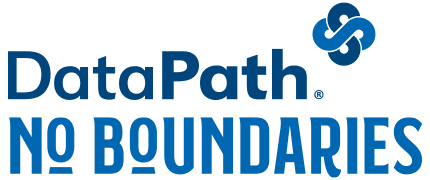
This is the first in a four-part series on building benefits packages that resonate with different generations. This article focuses on effective benefits strategies for Baby Boomers, including preferences and engagement recommendations.
Born after WWII, between 1946 and 1964, Baby Boomers have been a driving force in American society and the workplace for nearly their entire lives. As enrollment season nears, let’s review this generation’s motivations, which benefits they find most important, and how they learn and communicate.
Baby Boomer Profile
Boomers have distinct characteristics that set them apart from their children and grandchildren. The Washington Post reports that more Americans in their ’60s and ’70s are choosing to remain in the workforce – more than twice as many as in 1984. Also, many who retired early in response to the pandemic have returned to work to remedy financial challenges.
Boomers often define themselves by their professional achievements, especially in the later stages of their careers. They are often considered the “workaholics” of the American labor force. Motivations include “the three P’s” – position, perks, and prestige.
Benefits Strategies for Baby Boomers
Baby Boomers tend to prioritize benefits involving healthcare and finances. Most important are medical, dental, vision, life insurance, and assistance with retirement savings.
Tax-advantaged healthcare accounts, like Flexible Spending Accounts (FSAs) and Health Savings Accounts (HSAs), can effectively address multiple Boomer interests. Tax-free FSA/HSA contributions can be used for eligible medical expenses. Both accounts can help protect retirement savings by financing healthcare instead of pulling from retirement savings. And an HSA can serve as an alternative retirement account, as funds can be withdrawn for any reason after age 65 without penalty – similar to a 401(k).
A Dependent Care FSA may appeal to Boomers who are caring for elderly parents or other dependents while they’re at work. Flexible work schedules and remote working also prove popular, as they do with other generations.
Perhaps surprisingly, Baby Boomers have the highest average student loan balances, at $45,136 per borrower (compared to $43,438 for Gen X, the next highest). Significant numbers pursued later-in-life higher education. In addition, many have assisted their children and grandchildren with educational expenses. Thus, Student Loan Repayment Assistance plans that include Parent PLUS loans may help attract and retain employees in this age group.
Engaging Baby Boomers with Their Benefits
Educating and encouraging Boomers to participate in their benefits plan using their most comfortable communication tools helps ensure satisfaction and informed decisions. Boomers respond to what is often called the “traditional” approach to benefits engagement.
Baby Boomers grew up playing outside with friends. This path to social development may help explain why many prefer personal communication, like face-to-face and phone conversations. Many had families and/or established careers by the time the internet became readily available and their technological comfort level varies. Engage them with benefits fairs, meetings, and printed materials to read and consider before asking questions.
For more information on benefits and engagement, download DataPath’s free whitepaper “Effective Benefits Strategies for a Multi-Generational Workforce.”
DataPath, Inc. has been a full-service TPA business solutions provider for nearly four decades. Our cloud-based Summit platform is the industry’s first all-in-one solution for CDH, HSA, Well-Being, COBRA, and Billing administration; plus, we offer comprehensive Operations BPO and award-winning Marketing Services for users of all administrative platforms. Please enter your email (above right) to be notified when new blog articles are published.

